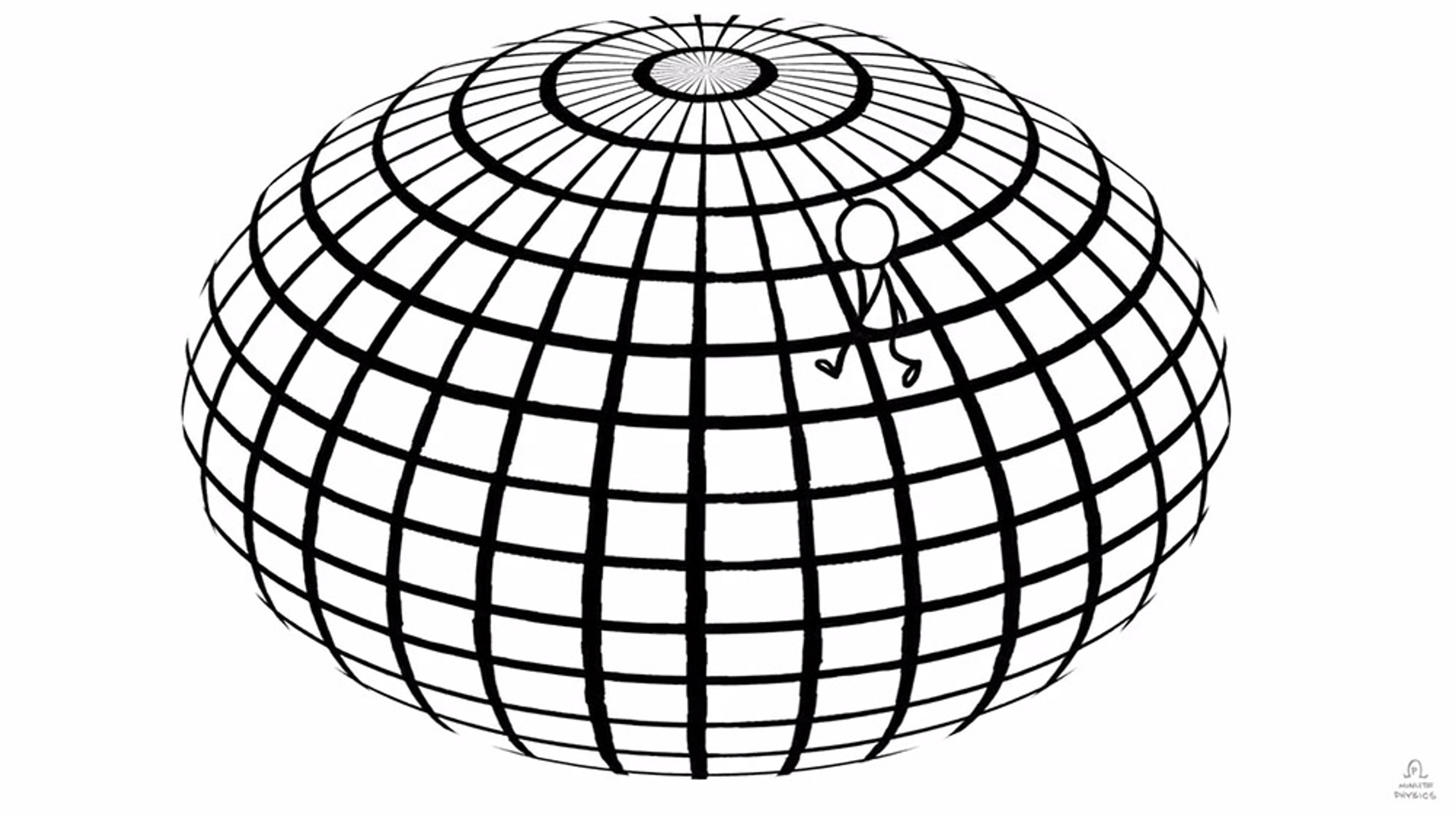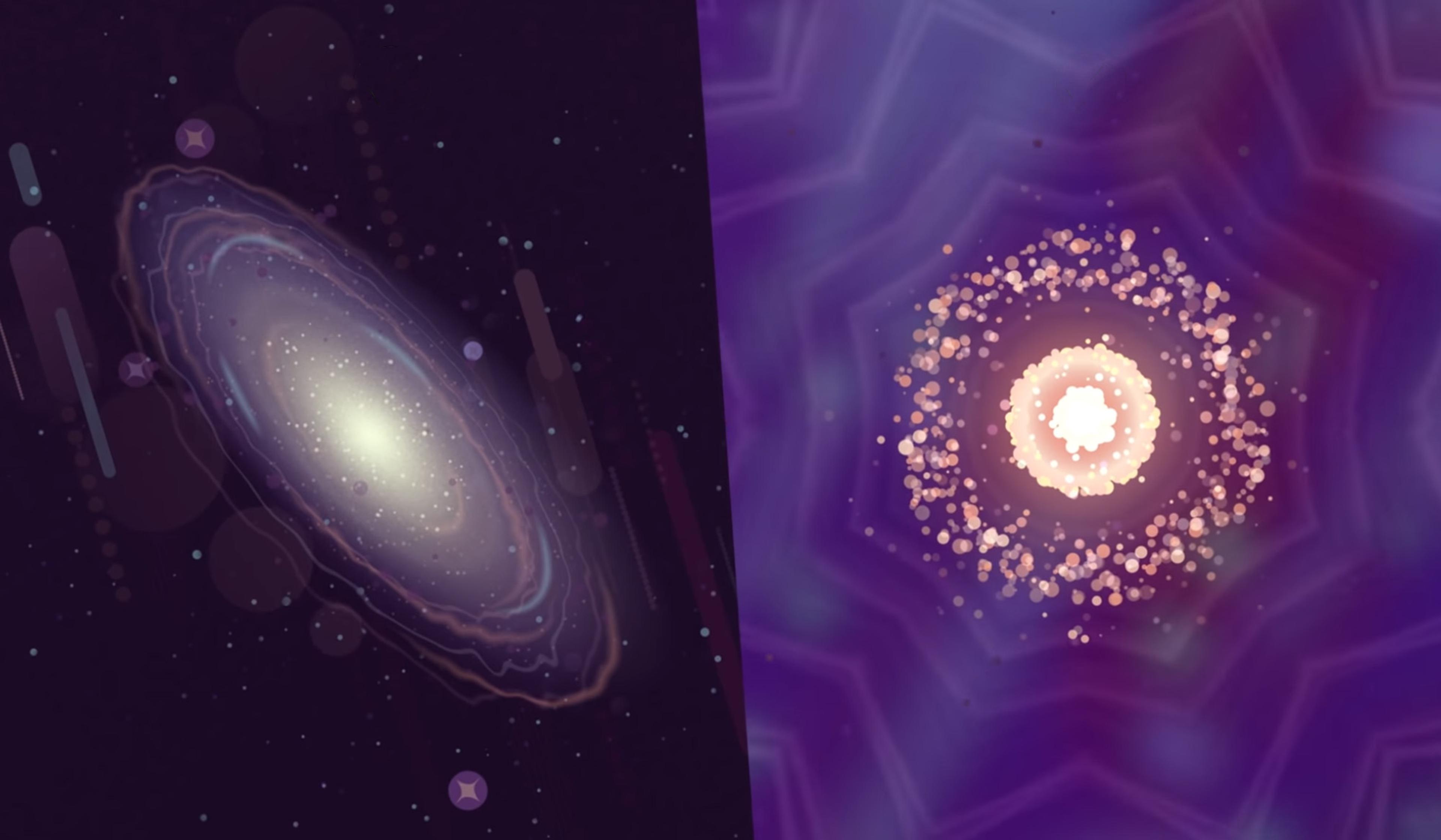Most objects in the Universe maintain a single identity regardless of the context. Even at the subatomic level, electrons keep the very same mass and charge whether they’re floating freely through interstellar space or part of an atom on Earth. So how then is it that a neutrino can be found in one of three distinctly different ‘flavours’ depending on when and where it’s observed? This brief animation from MinutePhysics investigates how quantum superposition allows neutrinos to seemingly defy logic by oscillating between three different identities without ever committing to one.
How the ‘identity agnostic’ neutrino exists in three states all at once
Video by MinutePhysics

videoPhysics
Logic tells us that antimatter should have annihilated the Universe. So why hasn’t it?
4 minutes

videoQuantum theory
Why aren’t our everyday lives as ‘spooky’ as the quantum world?
7 minutes

videoPhysics
Extremely small and incredibly fast, muons offer amazing proof of special relativity
5 minutes

videoPhysics
Why the apparent flatness of space is an enduring cosmological mystery
4 minutes

videoPhysics
If life feels out of balance, don’t worry – there’s always symmetry below the surface
4 minutes

videoHistory of ideas
Splitting the truth: the philosopher that physics forgot
4 minutes

videoPhysics
Groundbreaking visualisations show how the world of the nucleus gives rise to our own
10 minutes

videoMetaphysics
To see the Universe more clearly, think in terms of processes, not objects
6 minutes

videoPhysics
There’s a striking link between quantum and astronomic scales. What could it mean?
5 minutes